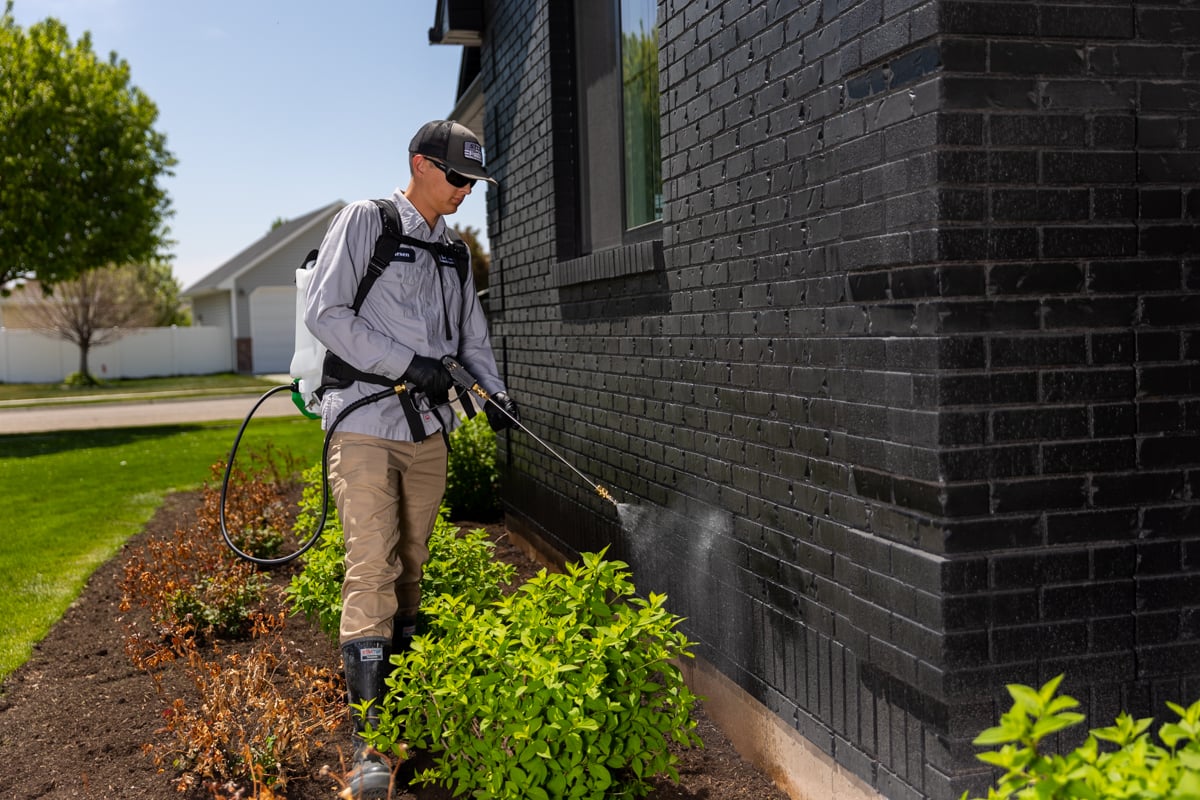Bed Insect Treatment Malfunction: Comparing Chemical Vs. Non-Chemical Solutions
In the realm of bug control, particularly when taking care of the persistent problem of bed bugs, the selection between chemical and non-chemical treatment options can be a pivotal one. Both methods provide distinctive benefits and drawbacks, influencing variables such as effectiveness, security factors to consider, and total expense. By examining the nuanced information of each approach, a clearer understanding of which path to seek in dealing with a bed bug infestation can be obtained.
Efficiency of Chemical Therapies
Chemical therapies for bed bug problems have been extensively identified for their potent and quick efficacy in eradicating these parasites. When taking into consideration the efficiency of chemical therapies, it is important to understand that they can give a extensive and fast option to a bed bug issue.
Additionally, chemical treatments have the benefit of offering recurring effects, meaning that they can remain to get rid of bed insects even after the initial application. This residual activity is especially useful in combating any possible re-infestations. Furthermore, the quick action of chemical therapies can bring alleviation to individuals dealing with serious bed pest invasions, permitting them to regain control of their home swiftly.
Safety And Security Interest In Chemical Solutions
One vital aspect that requires careful factor to consider when using chemical solutions for bed pest therapy is making sure the safety of owners and the setting. Direct exposure to specific chemicals used in bed pest treatments can lead to respiratory system concerns, skin inflammation, or various other adverse responses, particularly in individuals with pre-existing problems or sensitivities.
In addition, the environmental impact of chemical remedies is one more substantial consideration. Some pesticides made use of in bed insect therapies may be harmful to advantageous insects, wild animals, and communities if they seep into the soil or water supply. It is vital to make use of chemical treatments deliberately, adhering to safety guidelines, and taking into consideration less hazardous alternatives to alleviate these threats and ensure the risk-free and efficient management of bed pest problems.
Benefits of Non-Chemical Methods
Thinking about the potential safety problems and environmental influence connected with chemical services for bed bug treatment, discovering non-chemical strategies provides an encouraging choice with a number of distinct benefits. Non-chemical therapies are eco pleasant, as they do not contribute to air or water air pollution, making them a sustainable selection for bug control.
Furthermore, non-chemical solutions can be reliable in targeting bed bugs, including hard-to-reach locations where chemical treatments might not penetrate. Approaches such as warmth treatment, vacuuming, vapor cleaning, and cushion coverings offer detailed obliteration without making use of dangerous chemicals. In addition, non-chemical techniques can be much less disruptive, calling for very little preparation and enabling quicker reentry into treated locations. Generally, selecting non-chemical bed bug therapy methods not just prioritizes safety and environmental defense yet likewise guarantees reliable and extensive insect control.
Limitations of Non-Chemical Treatments

Furthermore, non-chemical therapies frequently need multiple applications to accomplish effective removal. This can be taxing and might not constantly guarantee total removal of all bed bugs and their eggs, especially in hard-to-reach or covert locations.
Additionally, the success of non-chemical therapies greatly counts on appropriate execution and thoroughness, which can be testing for people without professional competence. Inadequate application of non-chemical methods may lead to insufficient elimination, leading to consistent invasions and the requirement for added therapies.
For that reason, while non-chemical therapies have their benefits, it is important to acknowledge these limitations and consider them when identifying the most reliable strategy for handling bed insect infestations.
Price Contrast: Chemical Vs. Non-Chemical Options
Offered the limitations related to non-chemical therapies, a vital element to assess in the context of bed insect monitoring is the price contrast between chemical and non-chemical choices. Chemical treatments commonly entail the application of pesticides by experts, which can range from $250 to $900 per room, depending upon the seriousness of the infestation and the dimension of the location to be dealt with. In comparison, non-chemical therapies like warmth therapy or heavy steam can be a lot more pricey, with prices ranging from $1,000 to $6,000 for an entire home. While the first expense of chemical therapies might appear lower, numerous treatments may be required to fully eliminate the problem, possibly enhancing the overall price. On the other hand, non-chemical alternatives might provide an extra lasting and environment-friendly service, although they can be cost-prohibitive for some people. Inevitably, when taking into consideration the cost of bed insect treatment alternatives, it is necessary to weigh the in advance costs versus the effectiveness and long-term sustainability of the picked approach.
Conclusion

Taking into consideration the prospective safety and security concerns and ecological influence connected with chemical options for bed insect therapy, exploring non-chemical strategies presents an encouraging alternative with a number of distinctive check my reference advantages.Given the restrictions associated with non-chemical treatments, a crucial facet to assess in the context of bed insect monitoring is the price comparison between chemical and non-chemical options. In contrast, non-chemical treatments like heat treatment or vapor can be more costly, with prices varying from $1,000 to $6,000 for a whole home. While the first cost of chemical treatments might appear reduced, numerous therapies might be needed to totally eradicate the infestation, possibly boosting the total price.In final thought, when comparing chemical and non-chemical bed insect treatment options, it is important to take into consideration performance, security, benefits, constraints, and cost.
Comments on “A1 Bed Bug Exterminator Charlotte - Specialized Bed Bug Removal”